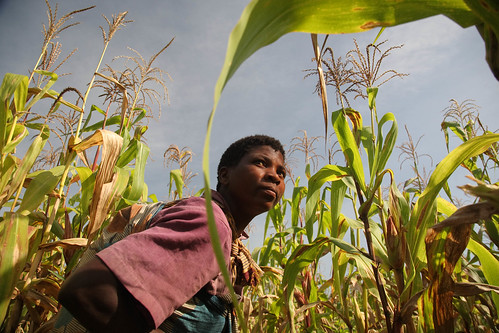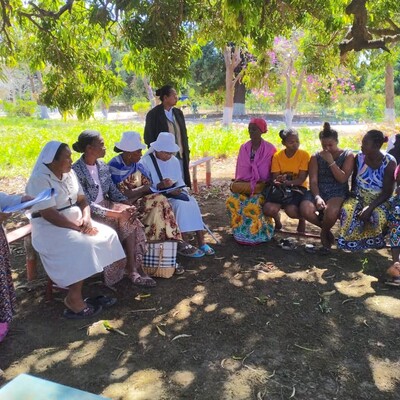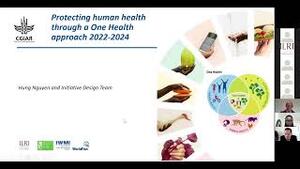
New journal article presents case studies on CGIAR research on aflatoxins
The CGIAR Consortium, made up of 15 research centres, carries out agricultural research to contribute to the global effort to find solutions to the problems of poverty, hunger, food and nutrition insecurity, and environmental degradation.
Although there is still some disconnection between agriculture, health and nutrition, it is recognized that agriculture does indeed have important effects on human health. Aflatoxins, for example, pose significant health risks in tropical and subtropical regions.
Aflatoxins are highly toxic fungal by-products produced by certain strains of Aspergillus flavus in more than 40 susceptible crops including maize and groundnuts. Aflatoxins cause around 90,000 cases of liver cancer each year and are strongly associated with stunting and immune suppression in children. Aflatoxins in contaminated animal feed not only result in reduced animal productivity, but the toxins can end up in products like milk, meat and eggs, thus presenting a health risk to humans.
A new research paper published in the journal Food Security (20 May 2015) discusses how agricultural research by CGIAR can reduce the health risks from aflatoxin exposure for poor consumers while increasing the opportunities for poor farmers.
The paper, International agricultural research to reduce food risks: case studies on aflatoxins, begins with an overview of the evolution of CGIAR research on food safety and aflatoxins.
It then presents case studies to show how risk-based and market-based approaches as well as crop genetic improvement and biological control can help provide justification for and add value to future CGIAR research on aflatoxins.
In conclusion, the authors present five priority research activities:
- Generating evidence on the human and animal health impacts of aflatoxins
- Understanding the potential of improved technologies and good agricultural practices to reduce aflatoxin exposure in farm households and communities
- Assessing the costs and benefits of proposed strategies on aflatoxin reduction as well as other goals such as income and food security
- Assessing how costs and benefits are distributed across men and women in households and across different types of households in communities
- Understanding factors that facilitate and constrain adoption of aflatoxin control strategies would also be assessed, with particular emphasis on gender issues, incentives and on the role of health information and communication.
The paper was written by scientists from the following CGIAR centres: the International Livestock Research Institute (ILRI), the International Institute of Tropical Agriculture (IITA), the International Food Policy Research Institute (IFPRI) and the International Crops Research Institute for the Semi-Arid Tropics (ICRISAT).
Citation
Grace D, Mahuku G, Hoffmann V, Atherstone C, Upadhyaya HD and Bandyopadhyay R. 2015. International agricultural research to reduce food risks: case studies on aflatoxins. Food Security 7(3): 569-582.





















